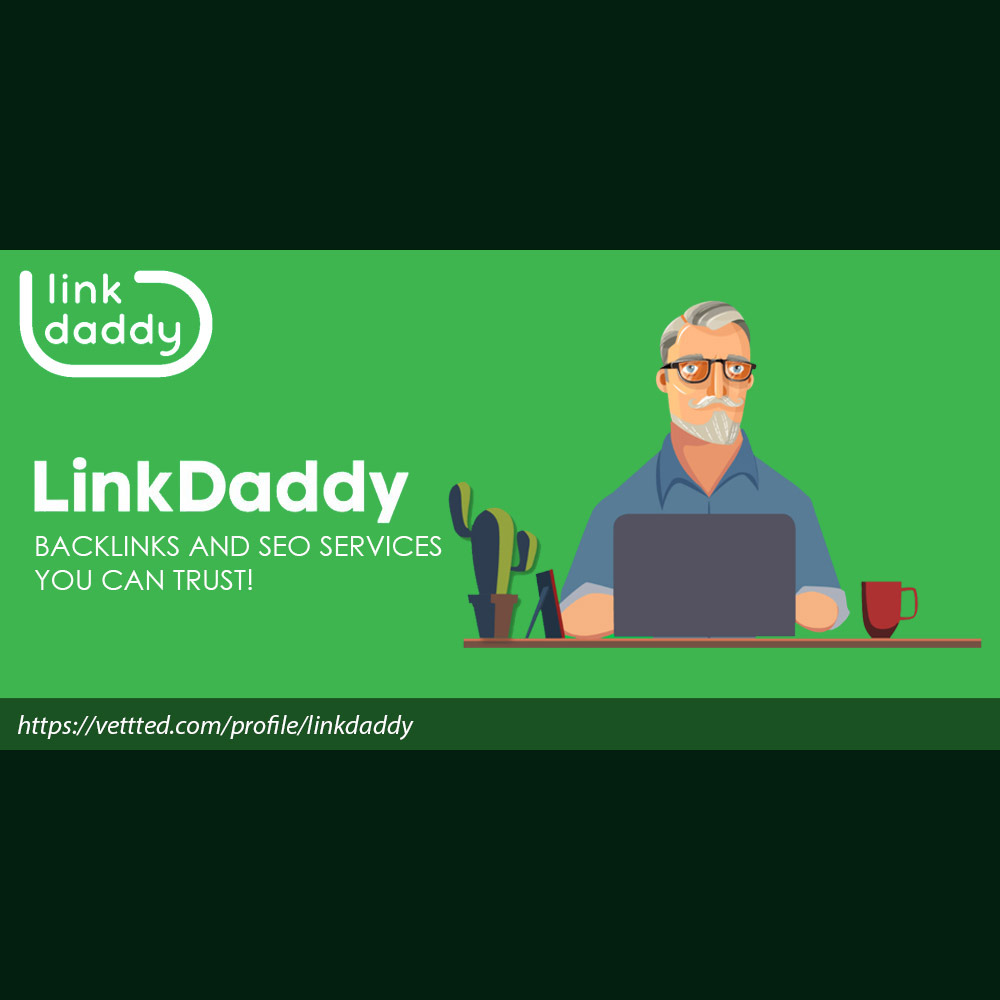LinkDaddy Cloud Services Press Release: Exclusive Announcements
LinkDaddy Cloud Services Press Release: Exclusive Announcements
Blog Article
Understanding the Various Sorts Of Cloud Providers and Their Usages
In today's digital landscape, the world of cloud computer supplies a diverse selection of solutions that cater to the demands of people and companies alike. From Infrastructure as a Solution (IaaS) to Software as a Solution (SaaS), each kind of cloud solution serves a special purpose and offers unique advantages. Comprehending the distinctions in between these numerous cloud designs is critical for maximizing procedures, enhancing scalability, and making sure cost-efficiency in a progressively interconnected globe. By exploring the nuanced functionalities and applications of each cloud solution, one can navigate the intricacies of cloud computing with precision and insight.
Facilities as a Service (IaaS)
Framework as a Solution (IaaS) supplies users with virtualized computer resources over the internet on a pay-as-you-go basis. This cloud computer version provides essential IT infrastructure such as virtual equipments, storage, and networking without the demand for companies to invest in and manage physical web servers and data centers. With IaaS, individuals can scale sources up or down based upon their needs, using versatility and cost-efficiency.
One of the vital benefits of IaaS is its capability to quickly provision and deploy facilities components, enabling businesses to react swiftly to transforming needs and market conditions. By contracting out framework monitoring to the solution company, organizations can focus more on their core company activities instead than taking care of the intricacies of hardware maintenance and upgrades.
In addition, IaaS supplies a high level of dependability and safety and security, with providers usually offering robust information back-up, disaster recovery, and cybersecurity procedures. This helps ensure that essential business operations stay undisturbed and data stays protected against possible risks. cloud services press release. Generally, Infrastructure as a Service streamlines IT operations, enhances scalability, and lowers capital investment for organizations of all dimensions
System as a Service (PaaS)
Structure upon the structure of Framework as a Solution (IaaS), Platform as a Solution (PaaS) uses a detailed environment for designers to create, deploy, and manage applications without the intricacies of underlying infrastructure management. PaaS provides a system with devices and solutions that enhance the development process, enabling programmers to concentrate on writing code and building applications rather than handling framework concerns.

Software Application as a Service (SaaS)
Software Application as a Solution (SaaS) reinvents the way organizations gain access to and make use of software program applications by using them on a subscription basis with cloud suppliers. This cloud computer design removes the need for companies to install and preserve software application on specific devices, as whatever is organized and managed website here centrally in the cloud.
SaaS supplies a cost-effective service for services as they just spend for the software they utilize without the included expenditures of hardware maintenance or software application updates. It also supplies scalability, allowing companies to easily adjust their software application needs based upon their demands.
Furthermore, SaaS applications can be accessed from any type of tool with a net link, advertising cooperation and flexibility among remote teams. Safety is a top priority in SaaS, with carriers implementing robust measures to protect data stored in the cloud.
Popular examples of SaaS include consumer partnership monitoring (CRM) software program like Salesforce, performance devices like Microsoft Workplace 365, and cooperation systems like Google Office. SaaS remains to get traction in business globe because of its scalability, cost-efficiency, and ease.
Function as a Solution (FaaS)
With the development of cloud services like Software application as a Solution (SaaS) enhancing software program distribution, Feature as a Solution (FaaS) stands for a standard shift in how code is implemented in a serverless setting. FaaS enables developers to write and implement private functions or items of code in reaction to details events without the need to take care of the facilities. This serverless computing version enables programmers to concentrate only on composing code to implement certain performances, without concerning themselves with the underlying facilities or server monitoring.
Among the essential benefits of FaaS is its ability to range automatically based upon the incoming work. Functions are executed in stateless containers that are spun backwards and forwards as needed, making certain ideal source usage and cost-effectiveness. FaaS is particularly valuable for event-driven and microservices architectures, where code implementation is caused by events such as HTTP demands or database updates. By extracting the infrastructure layer, FaaS streamlines development, speeds up time to market, and boosts overall agility in releasing cloud-native applications.
Storage as a Solution (STaaS)
A fundamental element in cloud computer, Storage space as a Solution (STaaS) provides users with a scalable and effective remedy for handling data storage space requirements. STaaS permits companies to keep and fetch data from remote servers through the web, getting rid of the demand for on-premises equipment. This service provides adaptability by enabling users to pay only for the storage they use, making it an affordable option for organizations of all dimensions.

STaaS is specifically beneficial for organizations with changing storage needs, as navigate to these guys it supplies a trustworthy and protected storage remedy without the need for substantial upfront financial investments. By leveraging STaaS, companies can improve their data administration processes, boost ease of access, and enhance information safety and security in an affordable fashion.

Conclusion
In final thought, comprehending the various kinds of cloud solutions and their uses is crucial for companies and individuals looking to utilize the advantages of cloud computer. By making use of the right cloud solution, companies can boost their performance, scalability, and adaptability in handling their IT framework and applications.
From Framework as a Solution (IaaS) to Software as a Service (SaaS), each kind of cloud service offers an unique purpose and provides distinctive benefits. Cloud Services. By exploring the nuanced functionalities and applications of each cloud service, one can navigate the complexities of cloud computing with accuracy and insight
With the development of cloud services like Software as a Solution (SaaS) simplifying software program distribution, Function as a Service (FaaS) stands for a a knockout post standard shift in how code is implemented in a serverless setting.In final thought, comprehending the different kinds of cloud services and their uses is essential for businesses and people looking to leverage the advantages of cloud computing. By utilizing the appropriate cloud service, organizations can boost their effectiveness, scalability, and flexibility in managing their IT facilities and applications.
Report this page